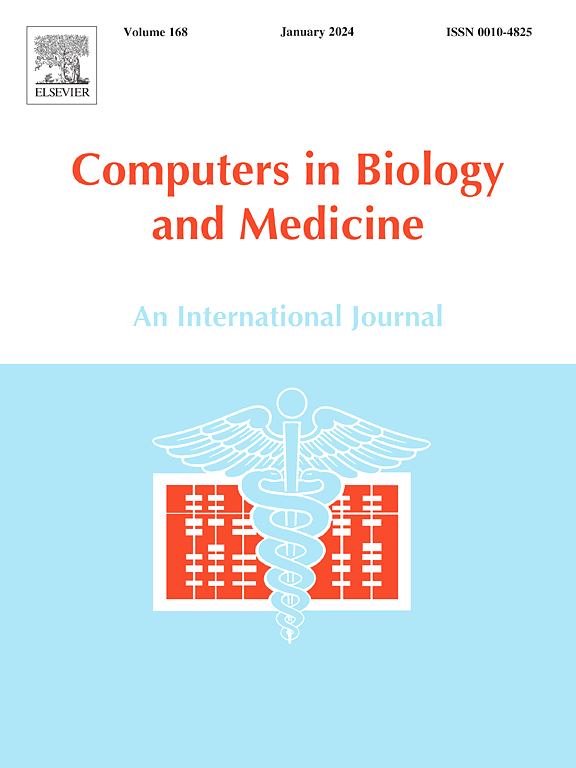EAMAPG: Explainable Adversarial Model Analysis via Projected Gradient Descent
IF 7
2区 医学
Q1 BIOLOGY
引用次数: 0
Abstract
Despite the outstanding performance of deep learning (DL) models, their interpretability remains a challenging topic. In this study, we address the transparency of DL models in medical image analysis by introducing a novel interpretability method using projected gradient descent (PGD) to generate adversarial examples. We use adversarial generation to analyze images. By introducing perturbations that cause misclassification, we identify key features influencing the model decisions. This method is tested on Brain Tumor, Eye Disease, and COVID-19 datasets using six common convolutional neural networks (CNN) models. We selected the top-performing models for interpretability analysis. DenseNet121 achieved an AUC of 1.00 on Brain Tumor; InceptionV3, 0.99 on Eye Disease; and ResNet101, 1.00 on COVID-19. To test their robustness, we performed an adversarial attack. The p-values from t-tests comparing original and adversarial loss distributions were all 0.05. This indicates that the adversarial perturbations significantly increased the loss, confirming successful adversarial generation. Our approach offers a distinct solution to bridge the gap between the capabilities of artificial intelligence and its practical use in clinical settings, providing a more intuitive understanding for radiologists. Our code is available at https://anonymous.4open.science/r/EAMAPG.
求助全文
约1分钟内获得全文
求助全文
来源期刊

Computers in biology and medicine
工程技术-工程:生物医学
CiteScore
11.70
自引率
10.40%
发文量
1086
审稿时长
74 days
期刊介绍:
Computers in Biology and Medicine is an international forum for sharing groundbreaking advancements in the use of computers in bioscience and medicine. This journal serves as a medium for communicating essential research, instruction, ideas, and information regarding the rapidly evolving field of computer applications in these domains. By encouraging the exchange of knowledge, we aim to facilitate progress and innovation in the utilization of computers in biology and medicine.
 求助内容:
求助内容: 应助结果提醒方式:
应助结果提醒方式:


